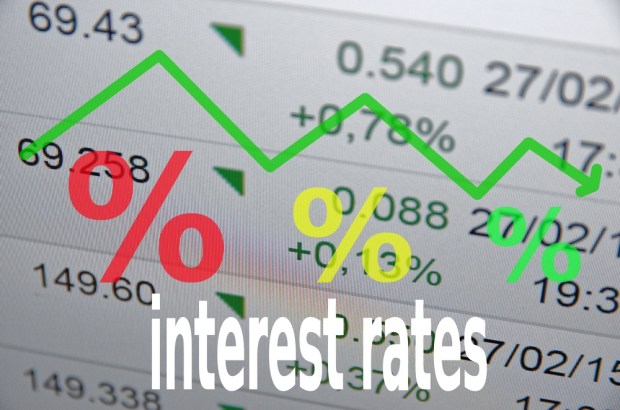Ripple Effects From Trump’s Policies On Consumers’ Wallets

We’re just a few days into a new presidential administration and not that much longer into a new Congressional term. Looking at the U.S. economy, as it stands now, and policies that may come to bear over the next few months, what might be the ultimate impact to consumers and their pocketbooks?
Most notable among the headlines exiting 2016: Stocks hit new highs, and GDP grew. The latter showed third quarter traction of about 3.5 percent.
And with one rate hike in the rearview mirror courtesy of the Federal Reserve in mid-December, debate among market watchers seems to center on whether there will be two or three interest rate hikes in 2017. Nonetheless, the federal funds rate, off which many other interest rates are keyed, is at low levels, having not been subject to rate hikes for the better part of a decade.
For consumers, interest rates have real impact on spending and especially on debt — specifically on buying larger-ticket items, such as houses or cars, and on using credit to purchase any number of items from food to luxury handbags. If rates go up to the point where they, at least psychologically speaking, are forbidding, or are anticipated to do so, then consumers may pull back a bit (hitting retailers, of course).
If the stage is set for a one-party government to adopt much of the sweeping change that Trump has promised, two large-scale events may be in the offing. The first is roughly $1 trillion in infrastructure spending, stateside, which would boost the deficit (because, at the same time, the promise by the new administration is to cut taxes). That means more borrowing to pay for projects, which would squeeze interest rates higher, though it’s anyone’s guess how quickly.
But it is the policy of tougher trade barriers, actively being pursued by Trump, that could have more pronounced ripple effects for the consumer. Recall that Trump has said that the dollar is too strong (and though it has wavered, relative and historical strength persists). The barriers are aimed squarely at China, which is our largest trading partner.
This bodes ill for companies that import goods and sell them here, which stretches across everything from electronics small and large to even designer clothes. The costs are ultimately to be borne by the consumer, in the form of higher prices.
Higher prices mean less disposable income. At the same time, as rates go up across both the fed funds rate and government bonds, interest rates go up on mortgages, which can be among the largest expenses incurred monthly. Servicing that debt gets more expensive (rates are up almost a full point just in a few months). Combine that with credit card debt at a couple years’ high, and interest rates resetting on those accounts (as banks redo their own rates) takes even more from the wallet and purse.
